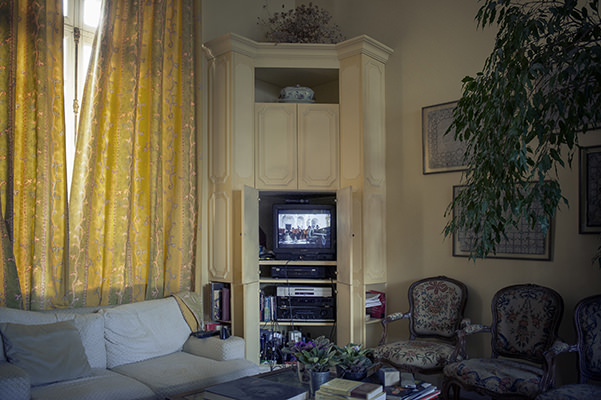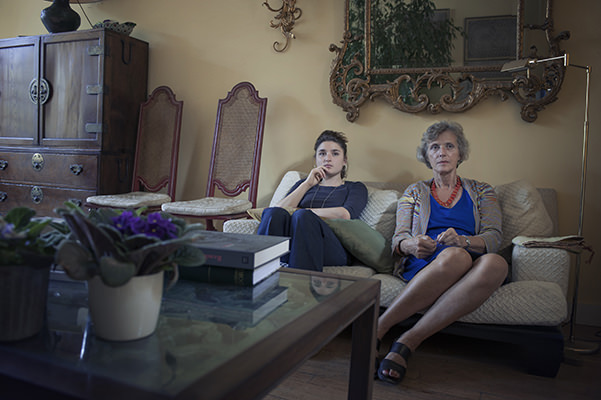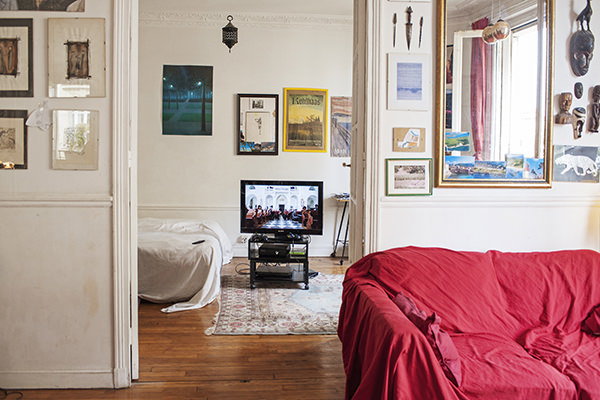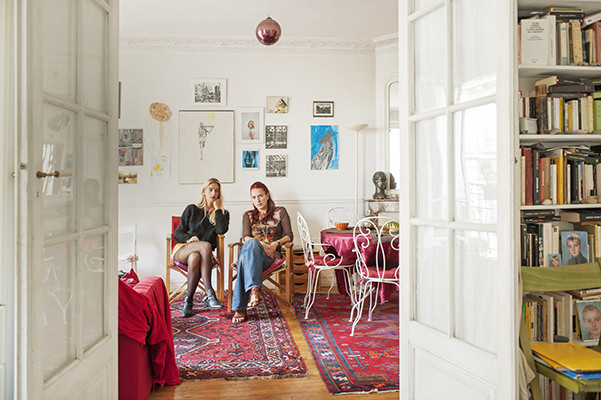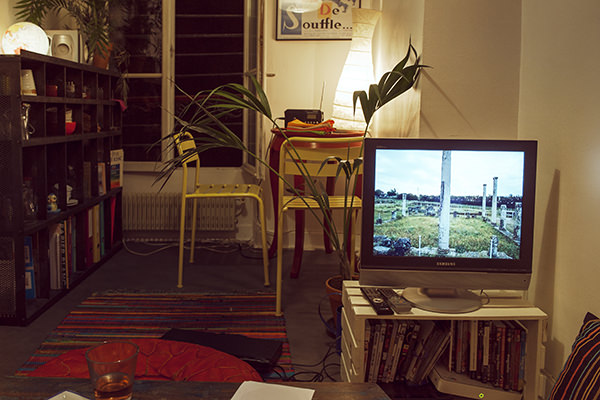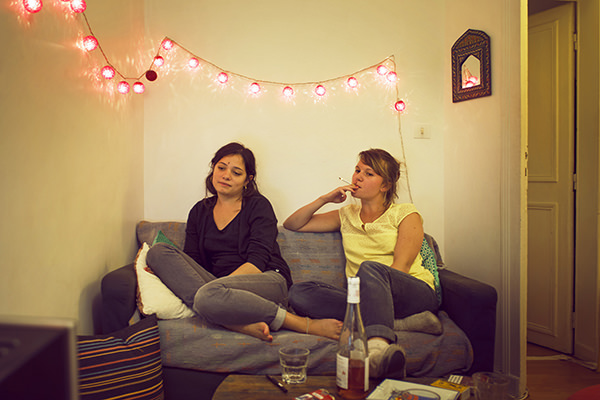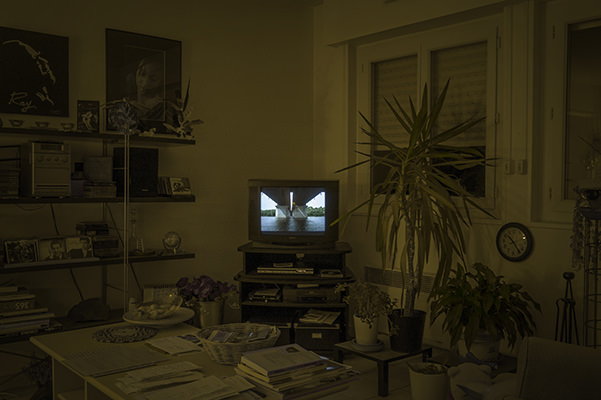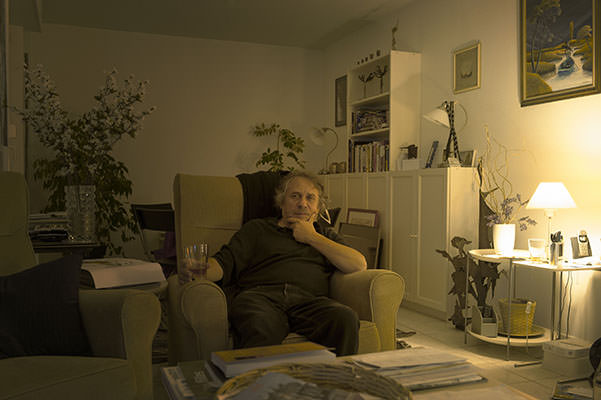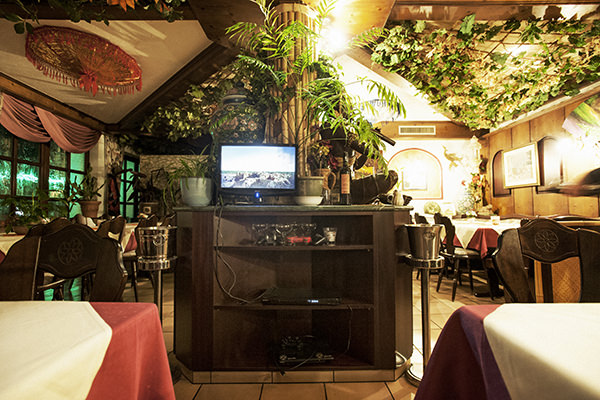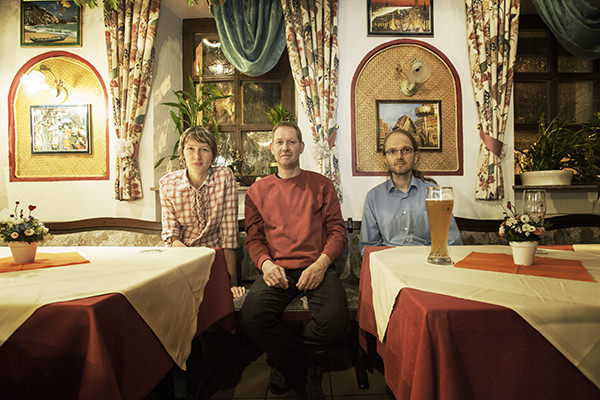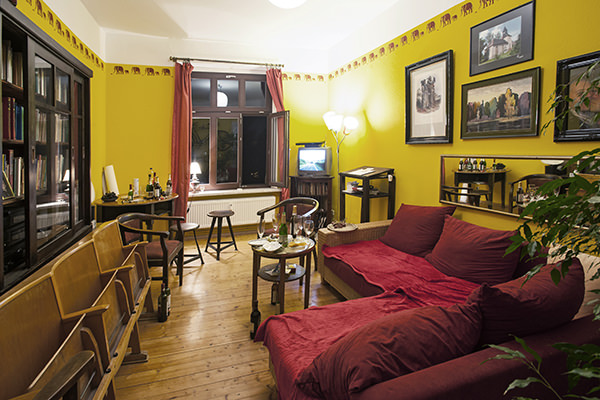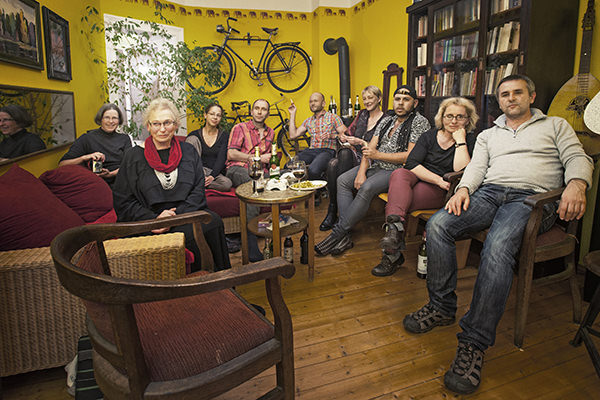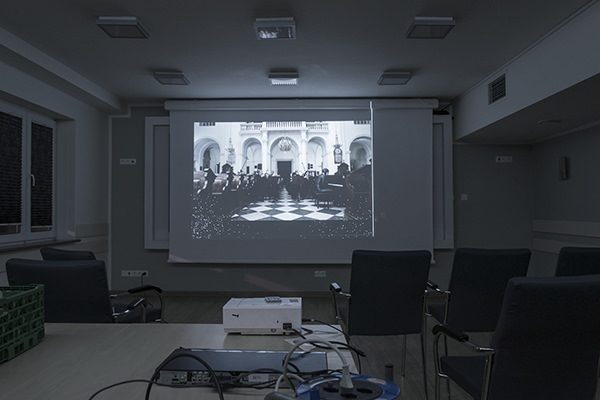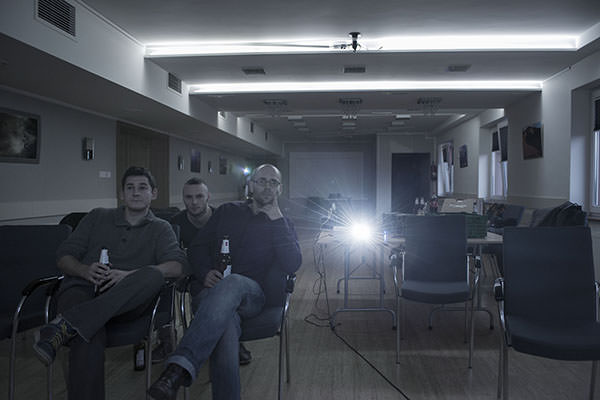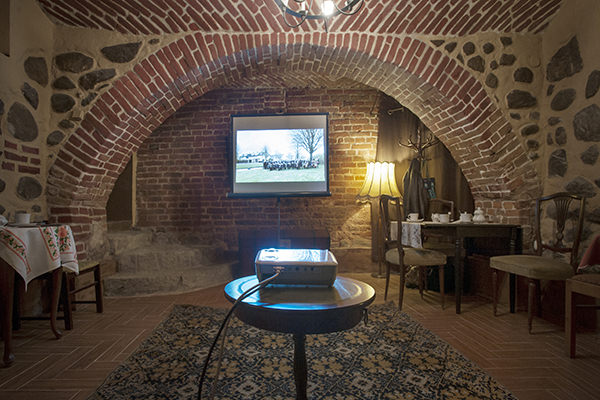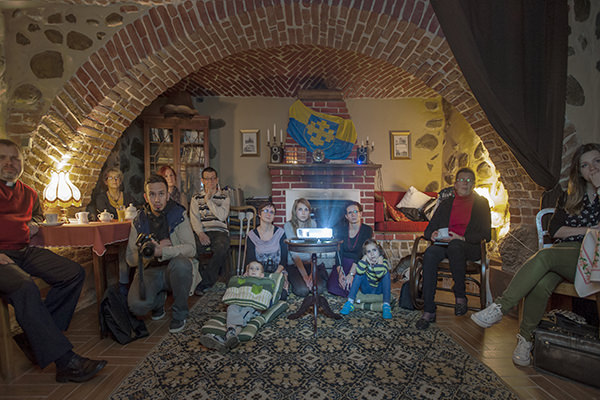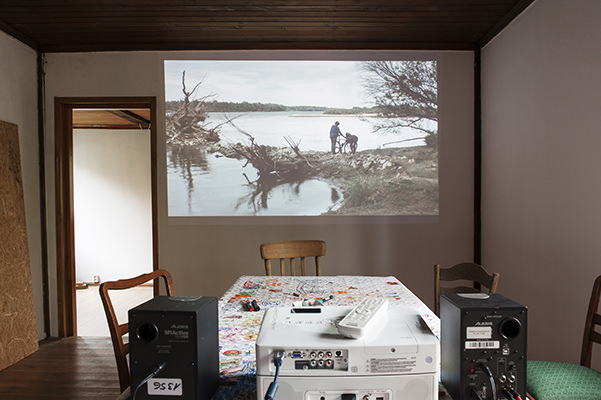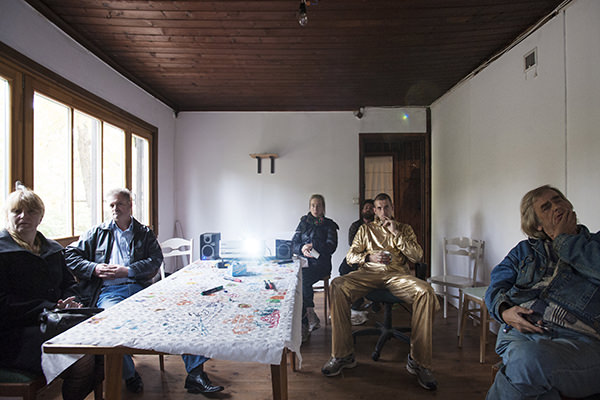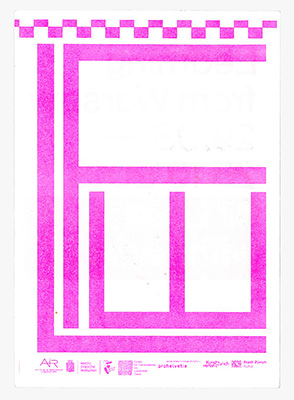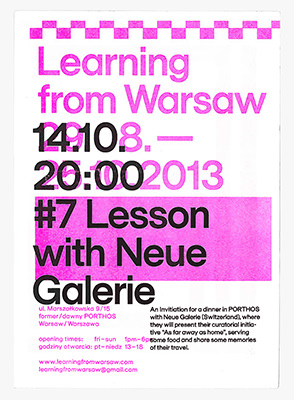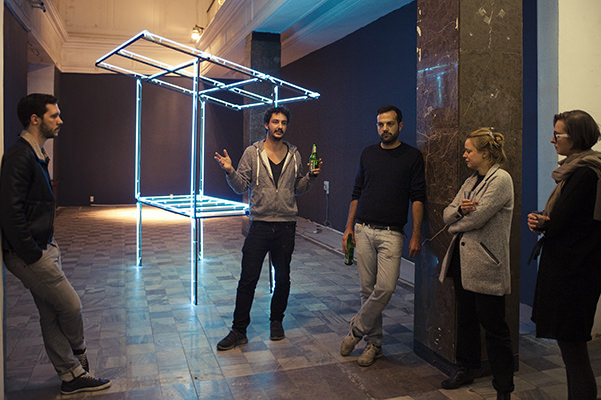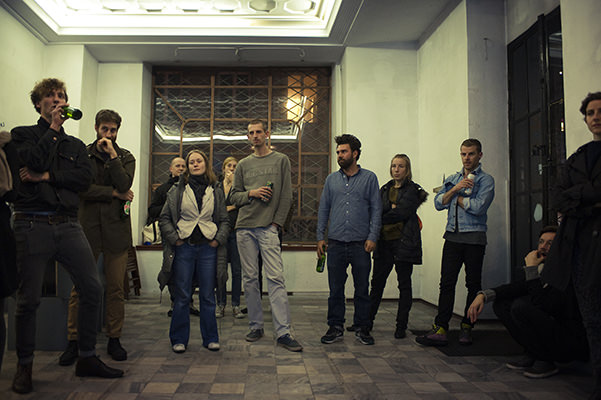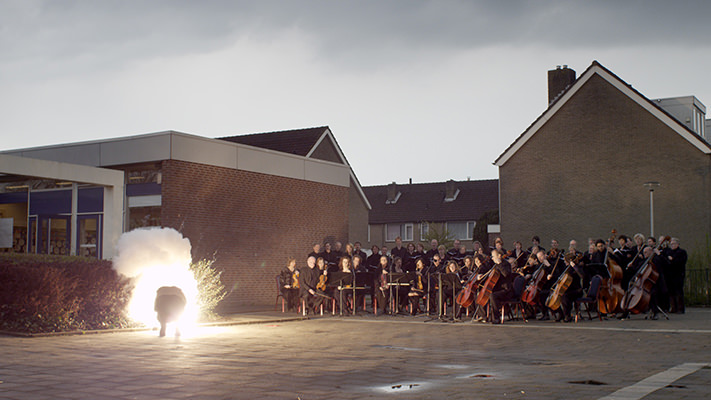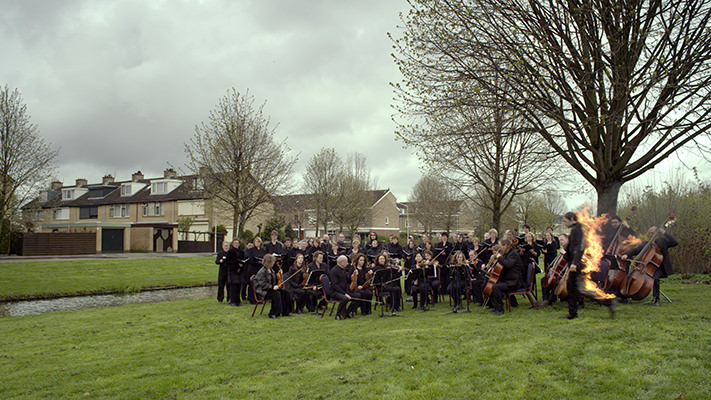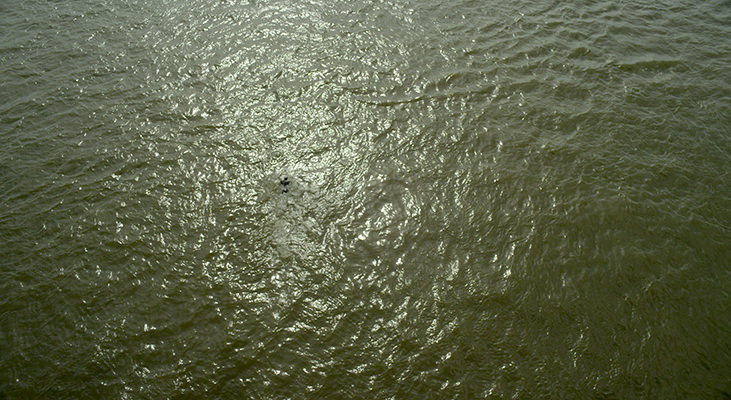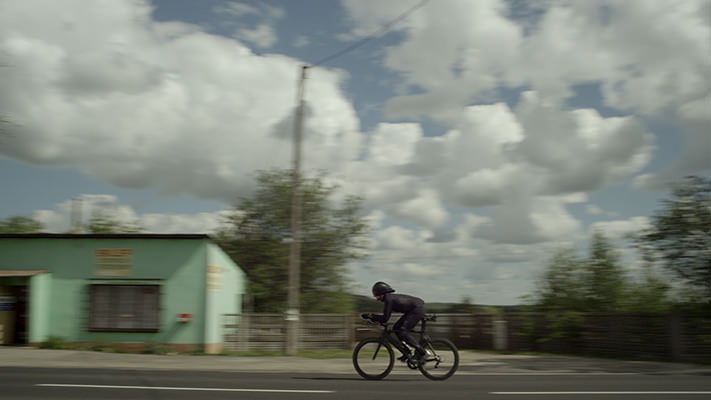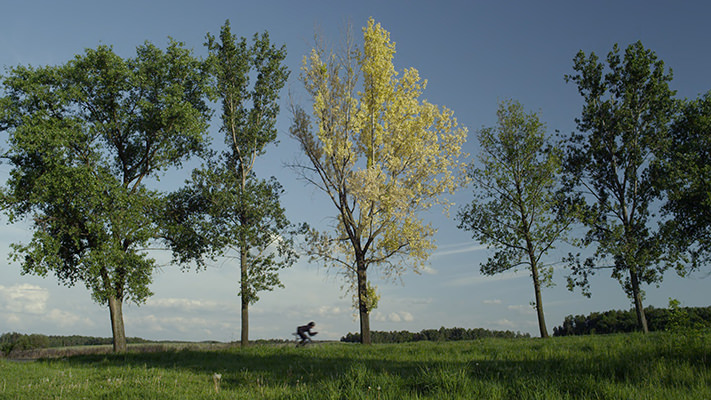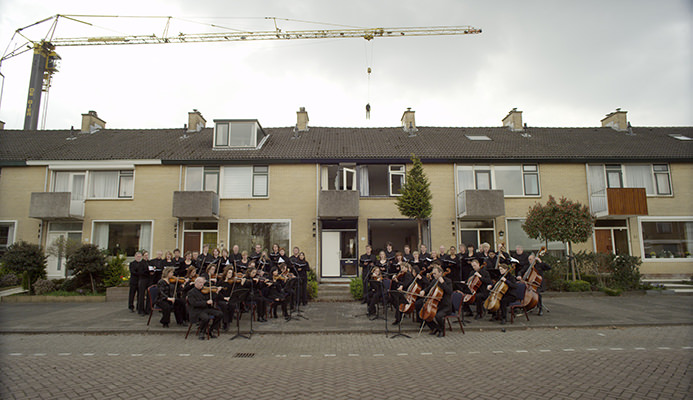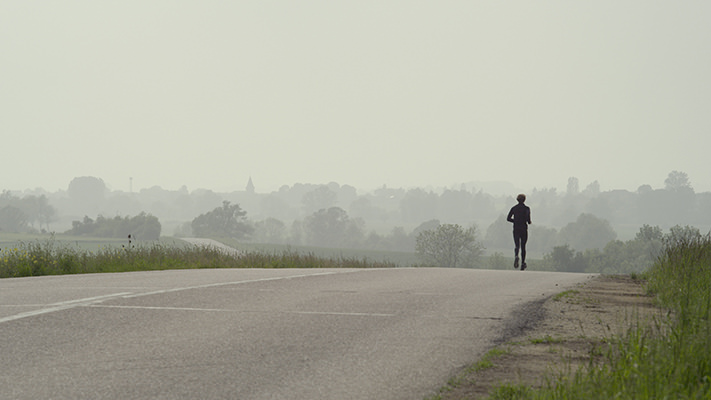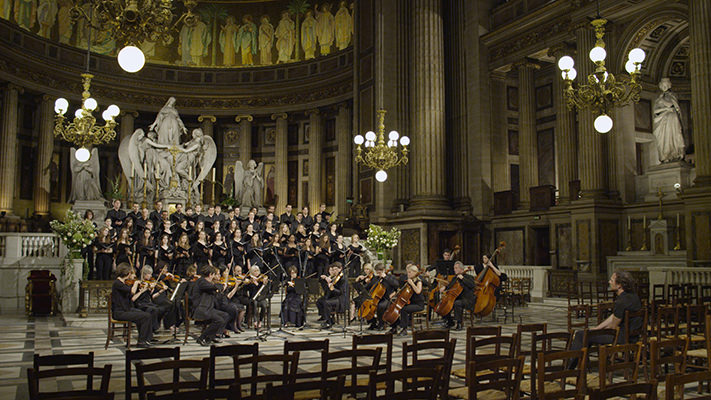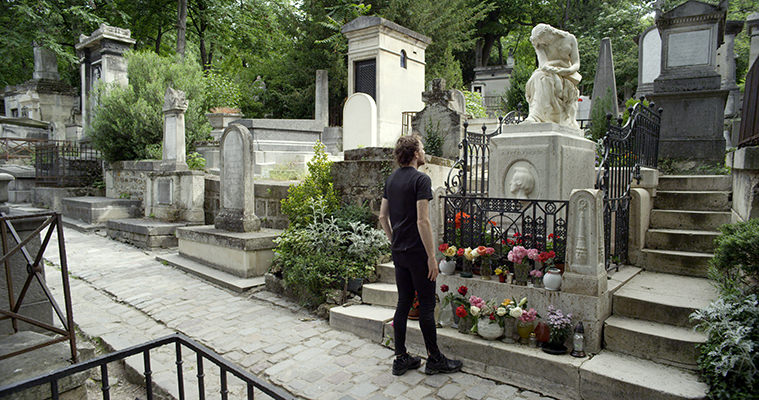From 2016 until 2019, Random Institute ran the curatorial program of the international contemporary art center Despacio in San José, Costa Rica.
This site was coded by Sarvesh Dwivedi and Emmanouil Zoumpoulakis and designed by Sandino Scheidegger.
As Far Away as Home
The idea is simple. As far away as home: Paris to Warsaw is a curatorial initiative featuring Nummer veertien, home (2012), an ambitious video by Dutch artist Guido van der Werve. Even though van der Werve’s videos have been shown in heavyweight art institutions around the world—or perhaps exactly for that reason—the project deliberately took place beyond museum walls.
ThoughtsThoughtsAs far away as home: Paris to Warsaw
Download Documentation as PDF
A traveling curatorial initiative unfolded over the course of ten days as the project’s curators road-tripped from Paris to Warsaw. While driving from village to village, the curators collaborated with local volunteer hosts and staged a series of intimate home screenings of Guido van der Werve's video work NNummer veertien, home (2012).
These informal showings were designed to be a response to the video’s integral theme of “the home,” a concept that the artist demonstrates is at once fluid and static. The private screenings thus called direct attention to a variety of places of living and additionally made the case for the relevance of art in both the home and the viewers’ personal lives.
Upon arrival in Warsaw, the curators purposefully refrained from screening the video and instead hosted a public dinner. Guests, together with the curators, discussed the effects of the video’s absence that evening, as well as the audiences’ reactions during the earlier living room screenings.
As far away as home operated under the contentions that art reflects the lives of everyone and that it should likewise be experienced in environments relevant to daily experience. The roving aspect of this curatorial initiative was also purposefully democratic: it enabled improbable audiences to view van der Werve’s work and thus overcomes the rather insular nature of today’s art world.
The initiative was conceived at the invitation of the Kunstverein Zürich.
FILM SYNOPSIS
Guido van der Werve is a thrillingly idiosyncratic artist. With Nummer veertien, home (2012) he aims to take the viewer—and the art making process—on a journey that goes as far as the artist’s own vigor allows. In the film, Van der Werve is seen proving his enormous strength on screen, as he travels further and faster than we could ever imagine, even conquering the most surreal of feats.
In the opening sequence, the Dutch artist is pictured playing piano in Warsaw’s Church of the Holy Cross, incongruously dressed in a wetsuit and goggles and moments away from embarking upon a heroic solo triathlon. Van der Werve’s intent is grand and romantic, as his enormous undertaking consists of traversing some 1,700 kilometers between the Polish and French capitals—by running, swimming and cycling—in tribute to the great composer Frédéric Chopin, whose body is buried in Paris and heart is interred in Warsaw.
The audience subsequently witnesses van der Werve’s travels, as he swims with rivers, bikes along country roads and runs through village centers. In so doing, the artist simultaneously repeats Chopin’s original trip from Poland to France (he was part of Poland’s Great Emigration), as well as reverses the journey of the composer’s sister, who honored Chopin’s last wishes by smuggling his heart out of France and returning it to the siblings’ homeland. As the legend goes, Chopin originally carried with him on his journey a silver cup of dirt from his birthplace, thereby keeping his home close at hand. Van der Werve, too, carries a silver cup of dirt from the great composer’s birthplace (he is pictured stopping there en route), and this time he brings “home” to Chopin’s resting place in Père Lachaise cemetery.
Van der Werve’s exploits are extravagantly accompanied by both a requiem of his own composing as well as interspersed images of the artist in daring, farfetched circumstances—he walks before the viewer while on fire and is lifted by crane up and over his childhood home.
At other points, the history of Alexander the Great’s voyage from Macedonia to his place of death in Babylon is presented in parallel to the artist’s triathlon. In these ways, the artist contrasts the seriousness of his tribute with fascinating histories and impressive stunts. In the end, the dramatic score comes to a decrescendo as van der Werve is pictured simply yet melancholically at the completion of his triathlon and in front of Chopin’s Parisian grave. As far away as home continues the cyclical movement between the two capitals. Where first it was Chopin and then his heart that made the journey, now it is the artist, followed by his work.
All journeys necessarily call to mind a personal notion of home. While this idea might at times seem stable and permanent, it is also susceptible to continued revision and interpretation. Human perception of home will probably always levitate between reality and fiction, just as van der Werve moves seamlessly between the possible and the impossible.
Of utmost importance to van der Werve’s video is the incorporation of local musicians, with whom he collaborated on the recording of his score. As far away as home responds directly to this element of community engagement—and even takes it one step further—by screening the film in the intimacy of homes along the route. Whereas the film is typically shown in high-definition and projected on large screens, this curatorial approach disregards traditional screening parameters. The curators simply opt to play the video on the technical equipment that exists in the hosts’ homes, be it a TV, computer, or other device.
